Agent Orange Claims Attorney
Agent Orange is an herbicide used by the United States during the Vietnam War. Agent Orange is a two equal part mixture of herbicide agents: 2,4-D and 2,4,5-T. Agent Orange also contains the contaminant TCDD as a byproduct of its production. TCDD is the most toxic of all dioxins. Agent Orange is one of the “rainbow herbicides” used throughout the duration of the Vietnam War. Herbicide agents were used in the Vietnam War for two main reasons: One, to kill off the Vietnamese crops in order to interrupt their food supply, and two, to destroy foliage and dense vegetation in the jungle to increase visibility to prevent ambush attacks on U.S. Forces.
During the Vietnam War, herbicides, including Agent Orange, were deployed in mainly four ways:
- C-123 aircraft were used to drop herbicides on the jungles of Vietnam during Operation Ranch Hand. C-123 aircraft were modified with tanks to carry the herbicides.
- Helicopters were used to spray smaller, targeted areas.
- Buffalo turbines (truck towed sprayers) were used to spray roadsides and the perimeters of military installations.
- Man-pack sprayers were also used as a method of spraying herbicides.
To get VA disability for Agent Orange exposure, the veteran must prove the following:
- In-service exposure to Agent Orange.
- Current diagnosis of a medical condition associated with Agent Orange
The VA presumes veterans who served in these locations during the specified time periods were exposed to Agent Orange:
- The Republic of Vietnam from Jan. 9, 1962, to May 7, 1975.
- Thailand at any U.S. or Royal Thai Base from Jan. 9, 1962, to June 30, 1976.
- Laos from Dec. 14, 1965, to Sept. 30, 1969,
- Cambodia at Mimot, Krek, or the Kampong Cham Province from April 16, 1962, to April 30, 1969.
- Korean Demilitarized Zone (DMZ) from April 1, 1968, to Aug. 31, 1971.
- Guam, American Samoa or territorial waters thereof from Jan. 9, 1962, to July 31, 1980.
- Johnston Atoll or on a ship that called at Johnston Atoll from Jan. 1, 1972, to Sept. 30, 1977.
- Air Force or Air Force Reserve veterans who regularly and repeatedly operated, maintained, or served aboard a C-123 aircraft know to have been used for spraying herbicides.
Veterans who served elsewhere during this time period may be eligible for service connection. The U.S. military used Agent Orange in other locations.
Conditions associated with Agent Orange exposure include:
- AL Amyloidosis
- Chronic B-cell leukemias
- Chronic lymphocytic leukemia
- Chloracne or similar acneform disease (if they become greater than 10 percent debilitating within a year of exposure to an herbicide agent)
- Diabetes Mellitus Type 2
- Hodgkin’s Disease
- Ischemic Heart Disease (including Coronary Artery Disease, Stable and Unstable Angina, Myocardial Infarction, and Sudden Cardiac Death.)
- Multiple Myeloma
- Non-Hodgkin’s Lymphoma
- Parkinson’s Disease
- Peripheral Neuropathy, Early-Onset, Acute or Subacute (if they become greater than 10 percent debilitating within a year of exposure to an herbicide agent)
- Porphyria Cutanea Tarda (if they become greater than 10 percent debilitating within a year of exposure to an herbicide agent)
- Prostate Cancer
- Respiratory Cancers (including Lung Cancer)
- Soft-tissue Sarcoma (not including osteosarcoma, chondrosarcoma, Kaposi’s sarcoma or mesothelioma)
This list does not include all the known associated conditions, just the conditions deemed presumptively related to exposure under 38 CFR 3.309(e). If you believe you have a medical condition linked to Agent Orange exposure, please contact us for a thorough review of your case to see if you qualify for VA Disability Benefits under any of these rules.
